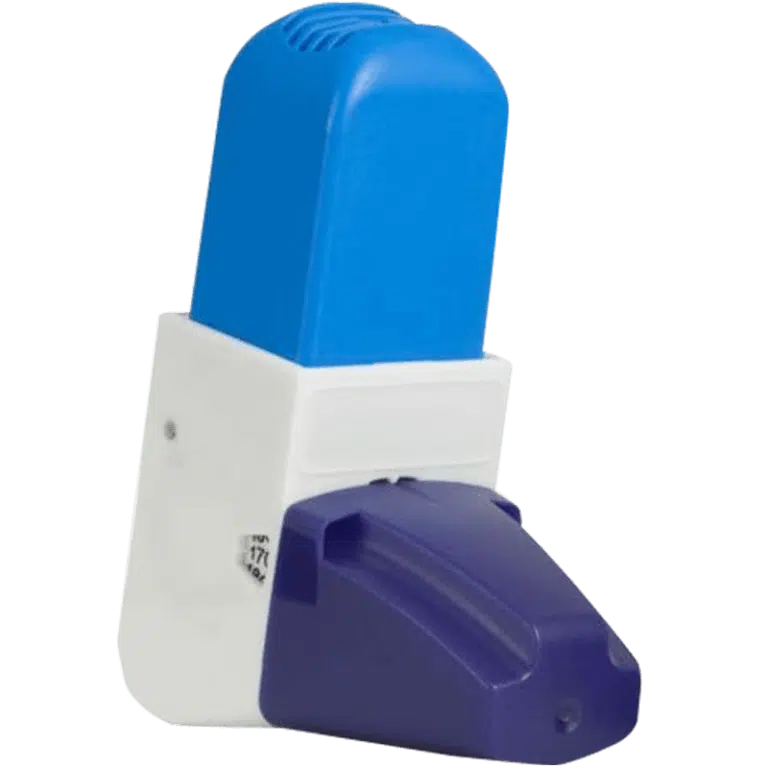Salbutamol tablets can be a treatment option for some people with asthma but usually under specific circumstances. Some patients might find that tablets are easier to take than the salbutamol inhaler but they don’t usually work as well in severe cases. In clinical studies, nebulised salbutamol has shown the greatest effect as a bronchodilator, but for less severe cases a powder inhaler and tablet are sufficient.
This method of treatment can cause side effects such as indigestion, palpitations or tremors, but your doctor should review your condition regularly and help with issues like these.
The average dose for adults is 4mg to be taken three to four times a day. If you don’t experience any relief at this dosage then the dose might need to be gradually increased up to 8mg. It’s also possible for some patients to find that their symptoms are controlled with a 2mg dose taken three or four times daily. Elderly asthmatics may be more sensitive to medication, so they usually start with 2mg three or four times per day.
The dosage for children can depend on their age, however, it isn’t recommended for children under 2 years old to take this tablet.
- Children between 2 and 6 years old should take 1 – 2mg three to four times a day.
- Children between 6 and 12 years old should take 2 mg
- Children over 12 years old can take 2 – 4 mg.

